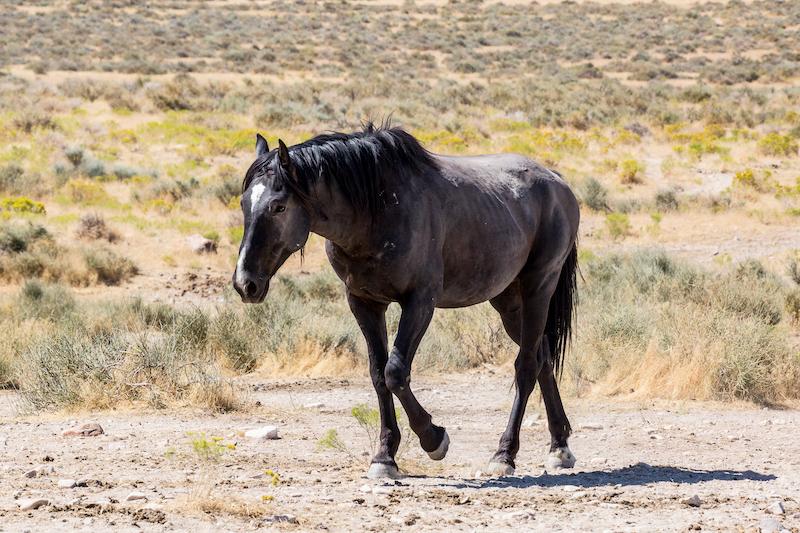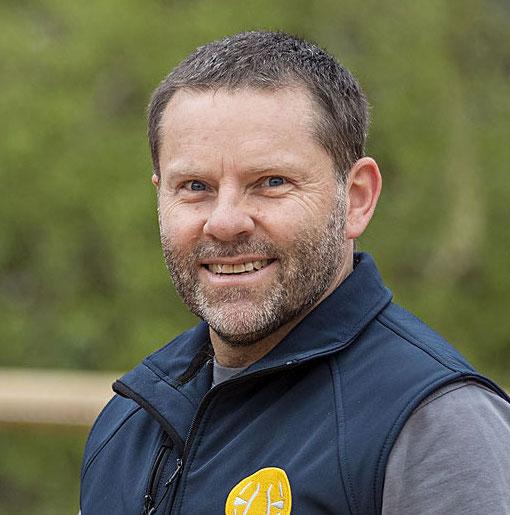22 March, 2024
Most of the time, it's because we allow it, or we create the situation for the colt or horse to learn to do it.
The biggest mistake made when the horse does it for the first time is trying to calm it with caresses. A caress given immediately after the horse lifts its foot means "keep doing it, what you're doing is very good." The horse gets rewarded for doing something it shouldn't do.
When does it learn?
Horses learn right and wrong with the same ease.
Normally, learning to lift the foot happens when our cleaning and trimming times are too long. This leads to the horse losing confidence, getting tired, getting bored, and wanting to lift its foot.
The correct way to start trimming hooves is by shortening the times as much as possible.
The correct steps are as follows:
First step: always keeping calm, we lift the front foot; wait for the horse to relax; release it - release pressure -. We lift the other front foot; wait for the moment of relaxation; release. And so on for all 4 feet. If there's no moment of relaxation, we avoid releasing the foot. The reward for relaxation is the release of pressure.
Through this teaching process, we will have shown the colt or horse what our intentions are. The teaching is: "if you lift your foot and relax, I will release the pressure immediately, I won't do more than that, I won't hurt you."
Second step: Lift the front foot again; wait for it to relax; clean it with a brush or hoof pick; release - release pressure -. And so on for all 4 feet. This process shouldn't last more than 10 seconds per foot. In this step, we've added cleaning the hooves. This also shows the horse what our intentions are.
Third step: Lift the front foot; wait for it to relax; start trimming the frog and bars; release. This process shouldn't last more than 20-30 seconds per foot, or until we perceive that the horse is uncomfortable and might lift its foot. If you haven't finished trimming the frog or bars, release the foot anyway.
Lift the foot again to finish your trimming work, but always respecting the times.
Then we continue the round, doing whatever needs to be done on each foot.
If we exceed 20-30 seconds, the horse will want to release the pressure and lift its foot. It will have started to learn to do it. We will have created the situation for it to learn to do it. The key is to release the foot before the horse does it. This way, the horse will always wait for the moment of pressure release because it knows it will come. In contrast, when it knows there won't be any moment of pressure release, it will take care of releasing itself.
Over time, as the horse learns, the times can be extended, but avoid keeping a foot lifted for more than a minute, even in gentle and accustomed horses.
This technique as a whole is important especially for beginner farriers because being slow in their work forces the horse to have the foot lifted for too long. They start to lift the foot and learn to do it. They learn the wrong thing.
Handling colts is essentially sensitive. During teaching, one must be very respectful of the times. It is our responsibility to teach the right thing, not the wrong thing. Transmitting the necessary confidence is the key to our success, so always stay calm and don't lose your composure.

